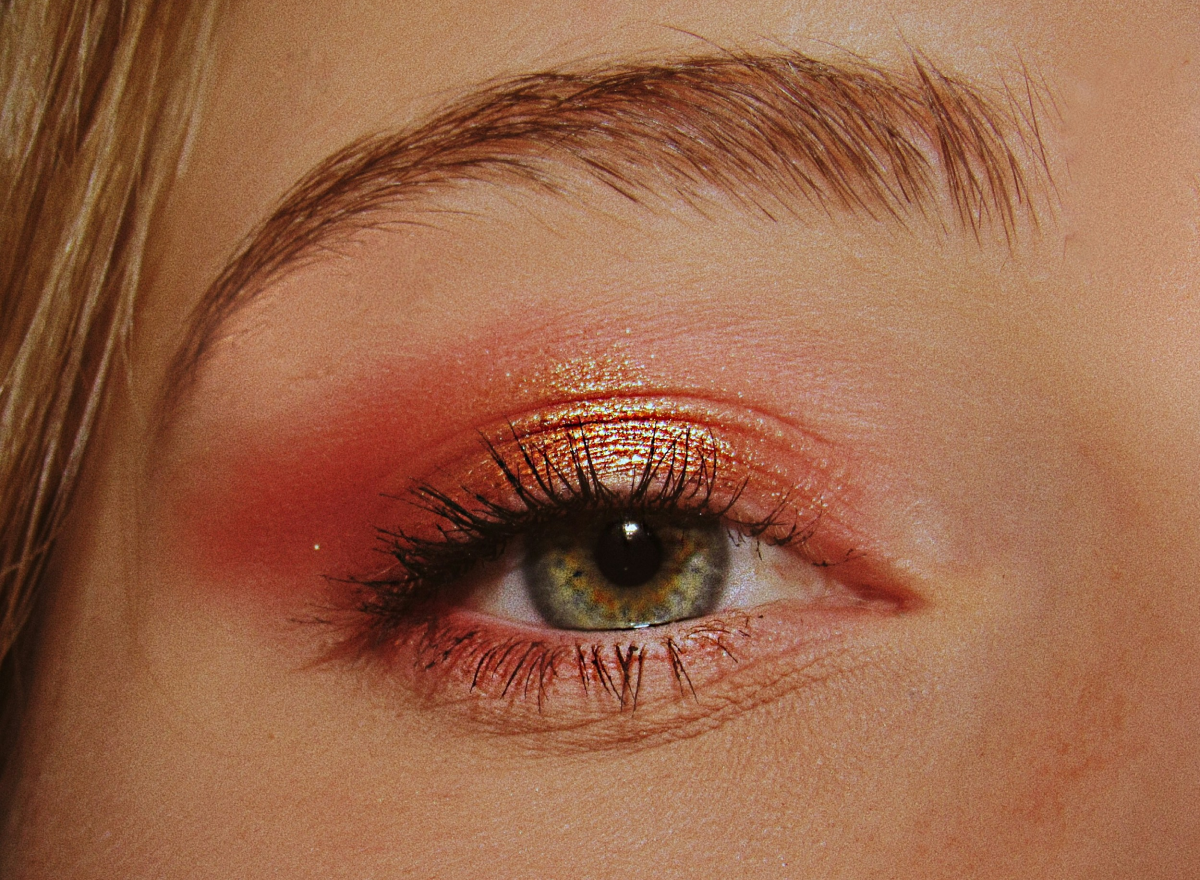
Makeup Tips for Low, Medium, and High Contrast
Understanding your contrast level can make all the difference in creating a natural look that enhances your features.
Contrast refers to the difference between the lightness and darkness of your skin, eyes, and hair. It’s a crucial element in color analysis and can guide you in choosing the best makeup shades and techniques for your unique look.
In this article, we’ll explore what contrast means in color analysis, provide makeup tips for low, medium, and high contrast levels, and show you how to discover your color season and contrast level with ease.
Table of Contents
- What Is Contrast in Color Analysis?
- Makeup Tips Based on Your Contrast Level
- Discover Your Color Season and Contrast Level
What Is Contrast in Color Analysis?

Contrast is the visual difference between the lightest and darkest features of your natural coloring. Here's how it relates to color analysis:
- Low Contrast: Features blend harmoniously with minimal differences between skin, hair, and eye color. Low contrast is often seen in softer color seasons like Soft Summer and Soft Autumn.
- Medium Contrast: Features have moderate differences, often found in medium depth seasons such as Warm Autumn and Cool Summer.
- High Contrast: Features have sharp differences, such as very dark hair paired with light skin and striking eye color. This is common in seasons like Bright Winter and Bright Spring.
Your contrast level determines the intensity of makeup that looks natural and flattering on you.
Makeup Tips Based on Your Contrast Level
Low Contrast: Subtle and Harmonious

If you have low contrast, opt for soft, muted makeup that complements your natural harmony.
- Foundation and Blush: Choose natural, understated tones close to your skin tone. Peachy pinks or soft mauves work well.
- Eyeshadow: Stick to soft, neutral shades like taupe, gray, or light browns.
- Lips: Nude or lightly tinted lip colors like soft rose or coral keep the look cohesive.
- Eyeliner: Use light brown or gray for definition without overpowering your features.
Medium Contrast: Balanced and Versatile

With medium contrast, you can experiment with a mix of subtle and slightly bold looks.
- Foundation and Blush: Use shades that enhance your natural glow—warm apricots, soft berries, or neutral pinks.
- Eyeshadow: Go for medium browns, soft golds, or muted plums to create depth.
- Lips: Try mid-tone lipsticks like dusty rose, brick red, or berry tones for a balanced finish.
- Eyeliner: Deep brown or charcoal gray enhances your eyes without looking too harsh.
High Contrast: Bold and Striking

For high-contrast individuals, makeup that matches your dramatic natural coloring works best.
- Foundation and Blush: Bright blush shades like fuchsia, vivid pinks, or bold peaches complement high contrast.
- Eyeshadow: Experiment with bold hues such as jewel tones, deep purples, or smoky grays.
- Lips: Vibrant shades like true red, berry, or magenta highlight your striking features.
- Eyeliner: Black or deep navy eyeliner adds definition and matches your sharp contrast.
Discover Your Color Season and Contrast Level
Not sure where your contrast level lies? The Vivaldi Color Lab app makes it easy to find out! With AI-powered analysis, you can:
- Determine your color season based on your skin tone, hair, and eyes.
- Discover your natural contrast level and what makeup looks best on you.
- Experiment with tailored hair, makeup, and clothing recommendations for your unique features.
Related Reading
- Are You Low, Medium, or High Contrast?
- The Complete Guide to Finding Your Season
- 5 Best Color Analysis Apps for Finding Your Season
- Deep Autumn vs Deep Winter: A Deep-Dive Comparison
- Light Spring vs Light Summer: What's the Difference?
- How to Choose the Perfect Lipstick Based on Your Skin Tone
- The 6 Universal Colors That Flatter Every Season
